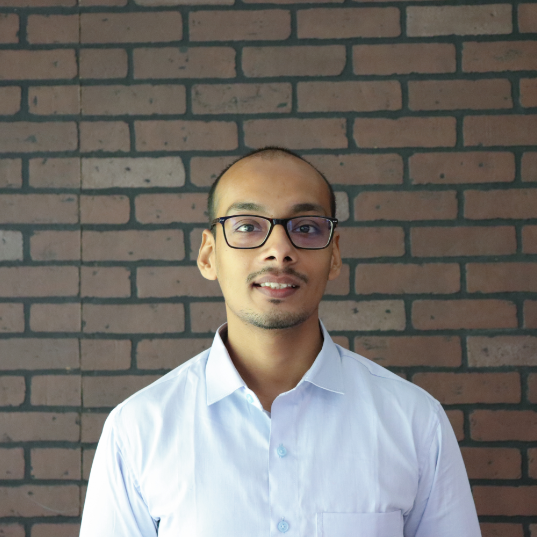
Origin and Politics of Carbon Border Tax

Every challenge and its solution has unique origins and contexts. In the United States, the response to environmental challenges began with the establishment of a carbon management program, notably the carbon border tax. By the late 1980s, America faced significant environmental degradation as power stations, and industries emitted large quantities of sulfur and carbon dioxide. This pollution manifested as acid rain, damaging humans, animals, plants, and infrastructure. To address this complex issue, the cap and trade system was introduced.
In the cap and trade framework, the government determines the maximum amount of carbon that industries are allowed to emit, known as a cap. If a company emits more than this limit, it faces significant fines. To help manage this, companies can use something called carbon credits. A carbon credit is essentially a permit that allows the holder to emit a certain amount of carbon dioxide; one credit typically represents one ton of CO2. Companies that emit less than their share can sell their extra credits to other companies that are over their limit.
For example, in the steel industry, the total allowed emissions are 100 units of pollution. If Tata Steel emits 60 units and JSW Steel only emits 20 units, JSW Steel has extra credits because they emitted less than half of the cap. Tata Steel, which needs to offset its higher emissions to avoid fines, can buy the surplus credits from JSW Steel. This system encourages companies to reduce emissions, as they can profit from selling unused credits.
Over time, new strategies emerged to keep carbon emissions under control, such as the voluntary carbon market and payments for ecosystem services. In the voluntary carbon market, industries reduce emissions voluntarily, considering their societal impact, with third-party verifiers confirming these reductions. Conversely, in payments for ecosystem services, industries benefiting from natural resources compensate those who undertake to protect these resources.
However, since 1988, as carbon emissions and the resulting depletion of the ozone layer have become more pronounced, the complexity of addressing these issues has also grown. In response, the European Union introduced a carbon border tax (CBT) as part of its European Green Deal. The concept of CBT is rooted in the broader principle of carbon pricing, a strategy endorsed by economists and environmentalists alike to internalise the environmental cost of carbon emissions.
CBT is a tax levied on goods imported into the EU at the same rate as if they had been produced within Europe. CBT aims to neutralise the advantage of lower labour costs in certain countries. The tax has sparked significant controversy, particularly in developing countries that have traditionally benefited from lower manufacturing costs. One of the primary concerns is the impact of CBTs on international trade relations. Countries affected by these taxes may view them as protectionist measures disguised under environmental concerns, potentially leading to trade disputes or retaliations.
The introduction of a carbon border tax has stirred significant political debate globally. Proponents argue that it is essential to maintain competitive equity between domestic industries subjected to carbon costs and foreign producers who are not. Developing nations like India argue that their per capita carbon output is relatively low compared to the developed world, and while the carbon-intensive products are manufactured locally, the profits are reaped by corporations headquartered in the developed world. Raising ethical concerns about equity and fairness in the fight against climate change.
The business community is also divided over the carbon border tax. For instance, JSW Steel and Essar Steel oppose the tax due to their manufacturing bases in India, whereas Tata Steel supports it, benefiting from extensive manufacturing operations in Europe and Britain.
Amidst these complexities, the COP summit has attempted to bring stakeholders together, though much remains to be accomplished. Promises have been made, but significant action is required, particularly regarding financing and technology transfer. With these developments in mind, each individual must consider how they can contribute to achieving carbon neutrality.
Register your Interest to Study at ISPP

Mayank Kashyap
PDM Scholar, Class of 2024
Worked at Byju’s as an Business Development Trainee and then pursued the career of photography. Keen interests of study being strategic challenges effecting the state of world and nation in spheres of geo-politics and geo-economics and business studies right from the domain of idea to revenue to the people.
https://in.linkedin.com/in/kashyaprt



